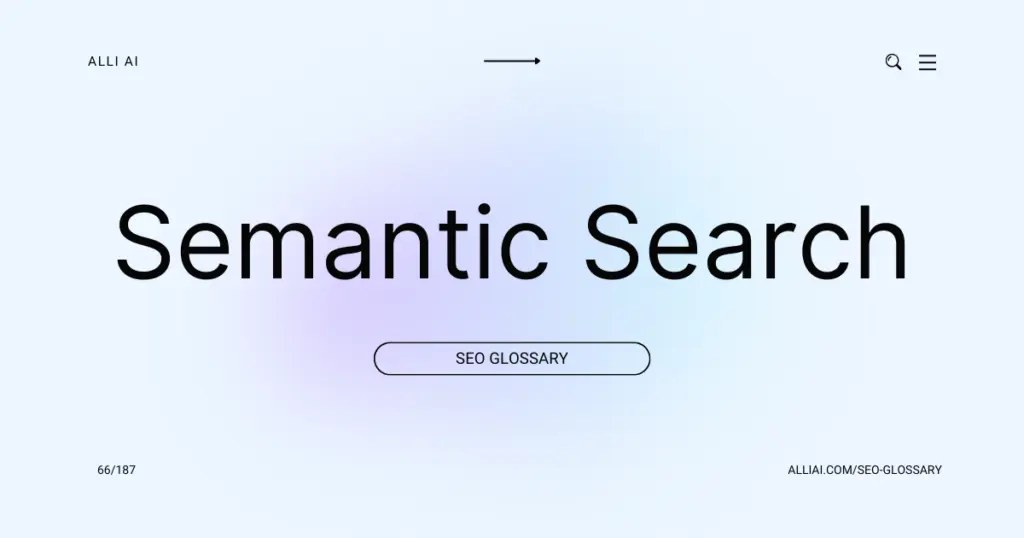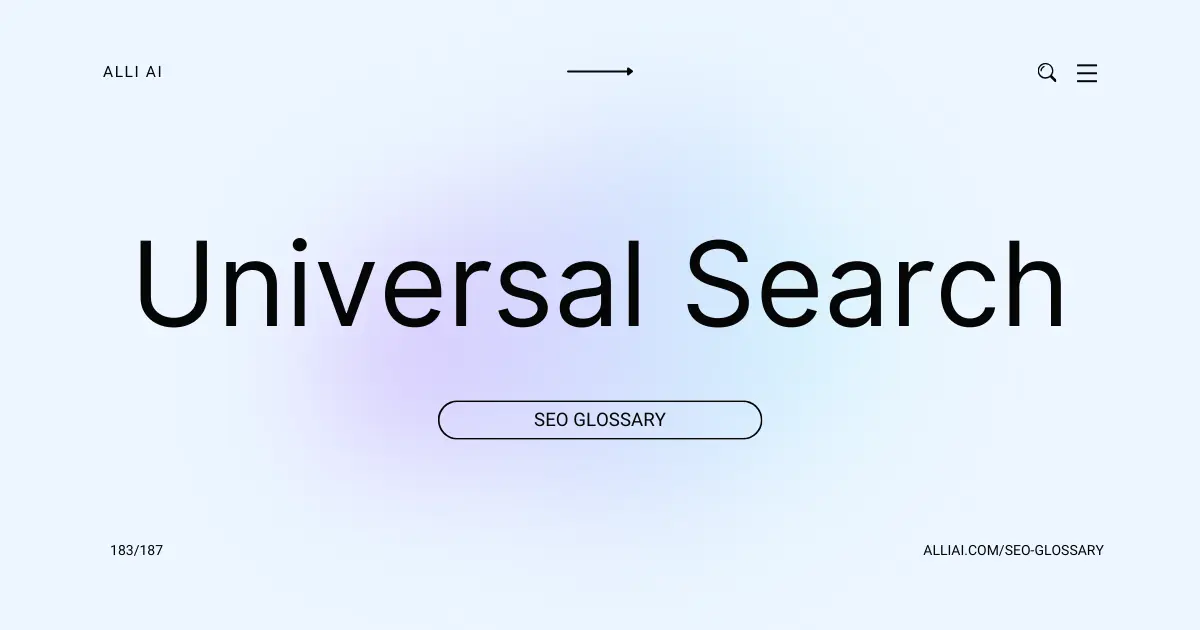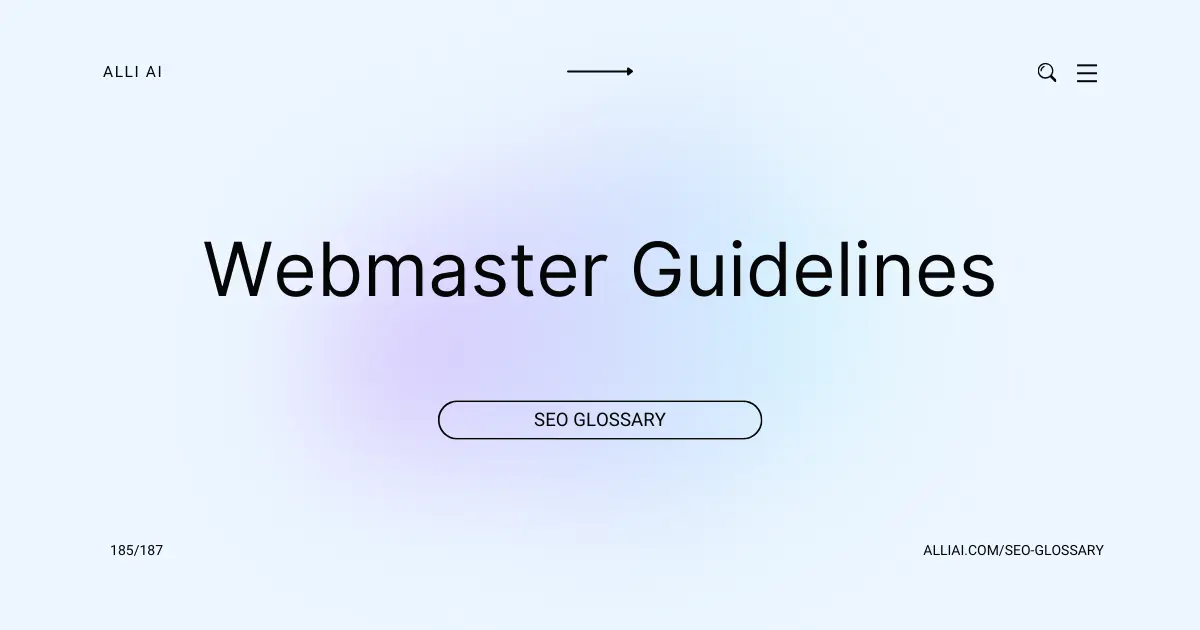What Does Semantic Search Mean?
Semantic search is a method used by search engines to understand the context and intent behind a user’s query, rather than just focusing on matching keywords. It aims to improve search accuracy by understanding natural language and the relationships between words, to provide more relevant search results.
Where Does Semantic Search Fit Into The Broader SEO Landscape?
Semantic search is an integral part of modern SEO as it enhances the way search engines understand user intent and the contextual meaning of terms as they appear in searchable databanks. This approach moves beyond keywords to consider factors such as context, user intent, and the relationships between words. It enables search engines to provide more relevant and personalized search results, which improves user experience.
In the context of SEO, leveraging semantic search means optimizing content not just for keywords, but also for related terms, synonyms, and entities while ensuring the content comprehensively covers topics. This practice aligns with Google’s algorithms like RankBrain and the BERT update, which use machine learning and natural language processing to better understand context. SEO strategies with a focus on semantic search include structured data markup to help search engines understand website content, optimizing for topic clusters instead of just keywords, and creating content that answers users’ questions comprehensively. This approach not only helps in improving organic search visibility but also enhances user engagement and satisfaction.
Real Life Analogies or Metaphors to Explain Semantic Search
1. Semantic Search is like a wise librarian: Just as a knowledgeable librarian understands the context and deeper meaning behind a book request and guides you to exactly what you need, semantic search understands the intent behind your query, helping you find the most relevant information on the web.
2. Semantic Search as a detective: Much like a detective piecing together clues to uncover the full story, semantic search analyzes the relationships and contexts of words in a search query to deduce what information the user is actually seeking.
3. Semantic Search as a personal shopper: Imagine a personal shopper who not only listens to your request but also understands your preferences and history. Semantic search does just that with information, considering past interactions and nuances in language to tailor search results specifically for you.
4. Semantic Search as a matchmaking service: Like a matchmaking service that deeply understands your personality and preferences to find a perfect partner, semantic search uses a deep understanding of query context to match users with the most relevant and precise content.
5. Semantic Search as a mind reader: Imagine someone who can almost read your thoughts and understand your unspoken questions. Semantic search anticipates the deeper meaning and intent behind your searches, providing results that feel surprisingly tailored and insightful.
How the Semantic Search Functions or is Implemented?
1. Understanding Intent and Context:
– Analyzes user queries not just by keywords but by the intent behind those keywords.
– Employs natural language processing (NLP) to interpret the meaning of entire phrases rather than dissecting phrase into isolated words.
2. Semantic Analysis:
– Uses semantic algorithms to understand the relationships between different words in a query.
– Relies on ontologies and semantic networks which capture relationships between concepts and contexts within specific domains.
3. Latent Semantic Indexing (LSI):
– Identifies patterns in the relationships and the occurrence of certain terms and their related terms in a dataset.
– Helps search engines to derive the context in which keywords are used and to retrieve more relevant content.
4. Knowledge Graphs or Semantic Graphs:
– Uses vast databases of collected facts about people, places, and things and how these elements interconnect.
– Enhances search results by not just matching keywords, but also by fetching results that are contextually similar, even if the exact keywords are not used.
5. Entity Recognition:
– Determines and categorizes the entities present in the search query (like people, places, and organizations) and identifies their relationships.
– Helps in fetching more targeted search results based on understood entities.
6. Query Expansion:
– Modifies the user’s original search query to include synonyms, antonyms, and other related words.
– Increases the breadth of the search results by widening the net of search beyond the specific terms provided in the query.
7. Machine Learning:
– Continuously improves the accuracy of search results by learning from user interactions and engagements on search result pages.
– Adapts and refines the algorithms based on new data and trends observed over time.
8. RankBrain* (part of Google’s search algorithm):
– Uses artificial intelligence to interpret search queries and user intent.
– Helps process unique or never-before-seen queries and better understand the context of query terms within particular industries or niches.
These mechanisms combined allow for a more nuanced and sophisticated apprehension of user queries, leading to more accurate and contextually relevant search results.
Impact Semantic Search has on SEO
Semantic search significantly impacts SEO performances by enhancing search engines’ understanding of user intent and content relevancy which improves rankings. Websites optimized for semantic search benefit from increased visibility because content is aligned more closely with the intent behind search queries. This alignment leads to higher rankings on search engine results pages (SERPs) as search algorithms prioritize content that best answers user inquiries based on context rather than just keywords.
Moreover, semantic search improves user experience as it delivers more accurate and contextually relevant search results. Users are more likely to engage with content that corresponds closely to what they are seeking, thereby reducing bounce rates and increasing time on site. Additionally, user satisfaction increases due to the relevancy and helpfulness of the content served, which can lead to higher click-through rates and retention levels.
Incorporating semantic SEO strategies, like structured data and schema markup, amplifies these benefits by helping search engines understand the relationships between entities (such as people, places, and things) within the content. This deeper understanding allows for richer results in SERPs, including featured snippets and knowledge graphs, which further enhance visibility and user engagement.
SEO Best Practices For Semantic Search
1. Research User Intent: Understand the questions your target audience asks and the intent behind their queries. Use tools like Google’s “People Also Ask,” Answer the Public, and keyword research tools like Ahrefs and SEMrush.
2. Develop Comprehensive Content: Create content that covers topics in-depth, answering not just primary questions but also related secondary queries. Aim to address the who, what, where, when, why, and how if applicable.
3. Use Structured Data: Markup content with JSON-LD or Microdata using schema.org vocabularies. Typical schemas include Article, Product, FAQ, and BreadcrumbList.
4. Optimize for Topics Not Just Keywords: Cluster your content around topics. Use semantic variations and related terms—essentially, keywords that share the same context or topic.
5. Internal Linking with Relevant Anchor Text: Connect pages of your site through descriptive, keyword-rich anchor texts that help define the context of the linked page.
6. Build Topic Authority: Write multiple pieces of content around the same topic to create a topical authority. Link these articles internally to emphasize the relationship between them.
7. Optimize Semantic Relevance in Meta Tags: Include semantically relevant keywords in your title tags, meta descriptions, and headers to reinforce the topic of your content to search engines.
8. Improve User Engagement: Use multimedia like videos, infographics, and images to enrich textual content and improve user engagement. Higher engagement can lead to better content valuation by search engines.
9. Utilize LSI Keywords: Leverage Latent Semantic Indexing (LSI) keywords that help search engines decipher meanings and relationships between terms and concepts within your content.
10. Monitor and Adapt Content: Regularly review your content performance using tools like Google Analytics and Google Search Console. Adapt and update your content as required to keep topics fresh and relevant.
Common Mistakes To Avoid
1. Ignoring Search Intent:
– Align content with user intent (informational, navigational, transactional) to avoid mismatching content and user expectations.
2. Over-optimizing for Keywords:
– Focus on topic clusters instead of forcing keywords, ensuring natural language and relevance to the semantic context.
3. Neglecting Structured Data:
– Use schema markup to help search engines understand and index content more effectively.
4. Overlooking Long-Tail Keywords:
– Incorporate long-tail keywords which are less competitive and more specific, matching more precisely with user queries.
5. Failing to Update Content:
– Regularly update contents to keep it relevant as search algorithms and user behaviors evolve.
6. Poor Content Depth and Quality:
– Create comprehensive content that covers topics in-depth, which search engines favor for answering user queries completely.
7. Ignoring Local SEO:
– Utilize local SEO practices if applicable, to capture location-based searches and appear in local search results.
8. Not Analyzing User Behavior:
– Monitor metrics such as bounce rate, time on site, and pages per session to refine and adjust content strategy based on user interaction.
9. Disregarding Voice Search and Natural Language:
– Optimize for conversational keywords and formulate answers for voice search queries.
10. Lack of Cross-Linking Between Related Topics:
– Use internal linking strategies to connect related topics and guide search engines and users through related content, enhancing understandability.
11. Not Considering Mobile Optimization:
– Ensure that all elements of a site, from structure to content, are optimized for mobile devices, crucial for mobile-first indexing.
12. Creating Content in Isolation:
– Avoid creating content that doesn’t link to or support other segments of your site; integrate all content to build a coherent domain authority.






